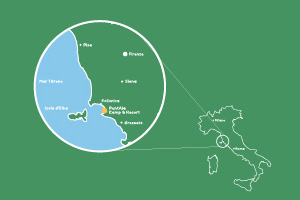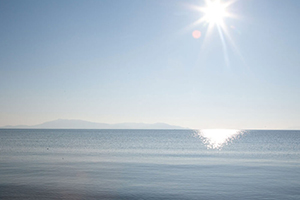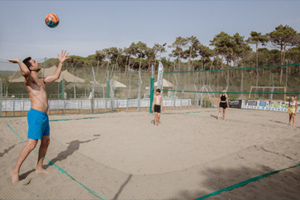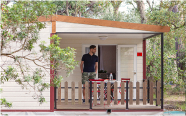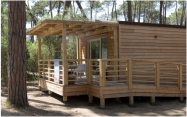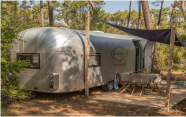Cinigiano: what to see and how to get there
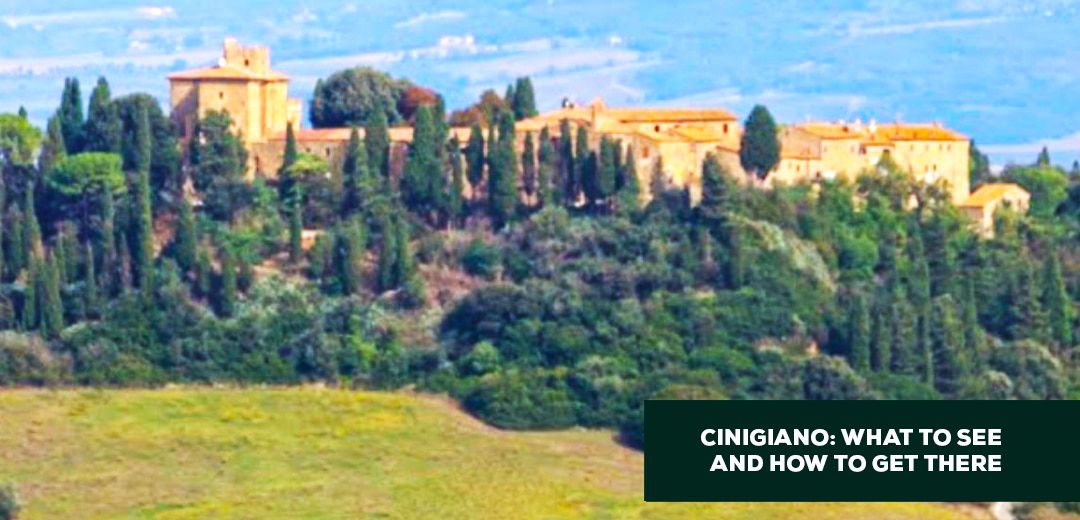
Cinigiano, located between the sea and the mountains, offers beautiful varied landscapes and contrasting atmospheres typical of Tuscany, ranging from the rolling hills, to the plain crossed by the Ombrone river, to the oak and holm-oak woods, to the silver of the olive trees. The main village is marked by the landslides of the clay soil and is home to the Church of San Michele Arcangelo and the Church of Santa Maria delle Nevi. The hamlets of Porrona, Monticello Amiata, Castiglioncello Bandini, Sasso d'Ombrone and Poggi del Sasso complete the tourist offer with historical monuments, museums and nature trails.
Cinigiano
Situated between sea and mountain, Cinigiano is far from the sea but can be admired from various points. It is not yet a mountain, but a place with different, sometimes contradictory landscapes and atmospheres. We see the typically Tuscan alternation of gentle hills and the plain slowly crossed by the Ombrone, hills dotted with farms, and changing colours from the golden of the wheat fields to the dark green of the oak and holm-oak woods, from the varying shades of the vineyards to the mysterious silver of the olive trees. And in the distance, the Amiata mountain is outlined, which dominates and seems to protect everything. But let us explore this land more closely, starting from the main town.
What to see in Cinigiano
Situated on the crest of a hill, Cinigiano has a unique appearance compared to other hill towns, marked as it is by landslides caused by its clay soil. Worth exploring are the Church of San Michele Arcangelo, built at the end of the 16th century, and the modest Church of Santa Maria delle Nevi, which was built in the 15th century and houses fascinating frescoes. In the upper part of the village, vestiges of the ancient cassero are still visible. The centre offers numerous traditional wine cellars that welcome visitors for the Calici di stelle (Goblets of Stars) event in summer and the Grape Festival in autumn.
Porrona
The first documentation of Porrona dates back to 1206, when it was subject to the Republic of Siena. In the 15th century, the property was divided between the Tolomei and two branches of the Piccolomini family, whose coats of arms adorn the sides of the square. Inside the church dedicated to San Donato, one can admire fine paintings of the Sienese school and a Romanesque erratic capital supporting the baptismal font, probably from the parish church of Oppiano.
Monticello Amiata
A village that stands out on a gently sloping hillside. It is very suggestive to lose oneself in its narrow streets and enjoy the panoramic view that offers glimpses of extraordinary beauty. The main church of San Michele Arcangelo dates back to the 19th century; the Sanctuary of the Madonna di Val di Prata stands near a miraculous spring. Of particular interest is the Casa Museo, an ethno-anthropological museum that preserves the everyday life of the late 19th century. A number of educational trails that penetrate into the greenery of the Poggio all'Olmo Nature Reserve depart from this location.
Castiglioncello Bandini
Mentioned in 1216 in documents attesting to the division of the Aldobrandeschi family, the castle has been modified several times. It was part of the property of the Bandini family of Siena, including Sallustio, author of the Discourse on the Maremma of Siena. From the castle there is an extraordinary panorama that stretches as far as the eye can see over the entire Maremma as far as the sea.
Porrona
This small hamlet is surrounded by walls enclosing the castle, the parish church and some houses. Thanks to these, it preserves the ancient charm of the medieval village.
Sasso d'Ombrone
In the centre of the hamlet, which seems to emerge from a high cliff towards the watercourse from which it derives its name, stands the Church of San Michele Arcangelo, which houses a wooden crucifix, a polychrome work of the Sienese school dating from the early part of the 15th century. Two particular sites, accessible by a path, guard a rich historical heritage: the spot where the mooring for the boat used to ford the river before the bridge was built, and the ruins of the Monteverdi mineral water bottling industry.
Poggi del Sasso
You can visit the Oratory of the Madonna del Carmine and the monastery of the Siloe community. In the area is the medieval castle of Vicarello, which preserves, albeit remodelled, its original structure: today it is the site of an exclusive agriturismo. In the area are the 16th-century castles of Colle Massari and Montecucco, where the beautiful cellars and the church of San Pietro and Sant'Antonio are worth a visit.
Map of Cinigiano
How to get to Cinigiano
The most cost-effective option for travelling from Grosseto to Cinigiano is to use the bus, with an estimated journey time of 2 hours. If you choose to reach Cinigiano by train, it is recommended to take a train that has a destination or stops in Grosseto.
Where Cinigiano is located
The domain of Cinigiano lies between the Ombrone Valley, the final portion of the Val d'Orcia and the western slopes of Monte Amiata, a fortunate and favourable location for fully appreciating the characteristic panoramas of the Maremma interior.












